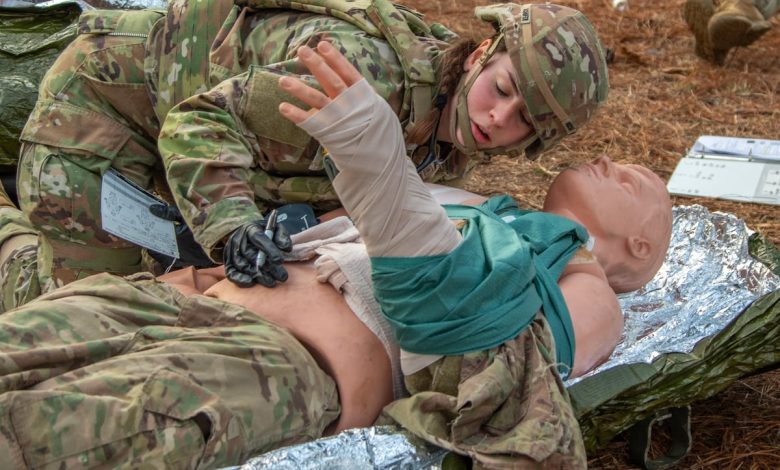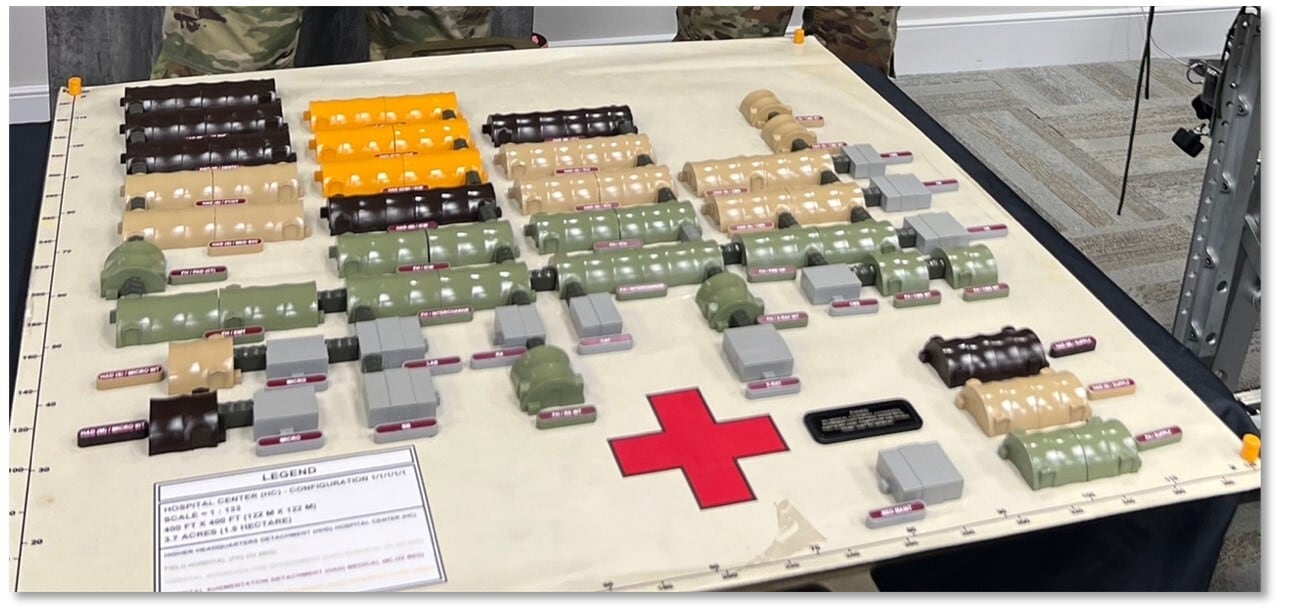How the Army is improving care in the field to keep soldiers alive

The Army is revamping how it provides lifesaving care in the field, including new hospital setup gear, ways to preserve blood on the front lines and a new combat-ready respirator to keep wounded soldiers breathing.
Over the past year, Program Executive Office-Soldier added medical devices to its portfolio of all things soldier, which includes clothing, weapons, body armor and a host of other items.
The 1945th Medical Detachment is slated to stand up in late 2025 and will hold three Prolonged Care Augmentation Detachments, or PCADs, officials said.
Early work on the PCADs began as all U.S. service branches acknowledged that large-scale combat operations would mean wounded soldiers might have to wait longer for care. The commonly referred to “golden hour” of getting a wounded individual to higher-level medical care now might look more like the “golden day.”
RELATED
“We got spoiled in [the Global War on Terror] where nobody was more than an hour away from a surgeon,” said Sgt. 1st Class Andrew Proctor, senior enlisted advisor for Project Manager Soldier Medical Devices.
That means medical personnel from field surgeons to medics will need to keep soldiers alive longer with what they have on hand as compared to flying them off the battlefield for care at a full-fledged hospital.

With PCADs, the aim is to push more advanced care options, training and equipment down lower in the chain of care.
Army medical personnel put care into three main categories: Roles I, II and III.
Role I care covers treatment between the time a soldier is injured to when the soldier arrives at a forward aid station — combat medics keeping a soldier stable, for example.
Role II care is typically delivered by an area support medical company — usually part of the soldier’s higher command. This is the first time during the chain of care that a soldier might receive surgery.
Meanwhile, Role III care is a full field hospital, formerly called a combat support hospital. The PCAD concept allows commanders to expand or shrink the footprint of their field hospitals.
The “modular” setup of the detachments allows them to start with as few as 32 hospital beds and expand up to 248 beds, said Maj. Felicia Williams, a nurse consultant for the assistant program manager of hospitalization.
“This allows commanders to make decision on how large of a footprint do I need,” Proctor said.
Another piece of gear that will ease the strain on critical care is the 2.6-pound Sparrow Respirator. The respirator keeps a patient breathing instead of tying up an individual while manually using a pump to inflate the patient’s lungs. The service plans to field 6,900 respirators beginning in mid-2025.
“That’s a huge win for us, anybody who’s had to sit there and squeeze a bag for hours will tell you patient care has improved,” Proctor said.
The service is also working on new blood storage refrigerators for the field. The devices it’s now testing can hold up to 40 standard bags of blood and keep it viable for up to 78 hours, officials said.
Todd South has written about crime, courts, government and the military for multiple publications since 2004 and was named a 2014 Pulitzer finalist for a co-written project on witness intimidation. Todd is a Marine veteran of the Iraq War.







